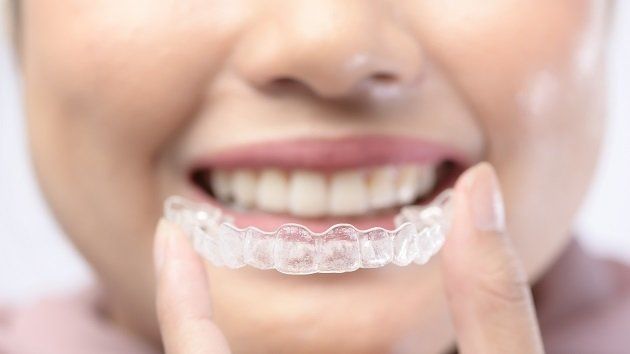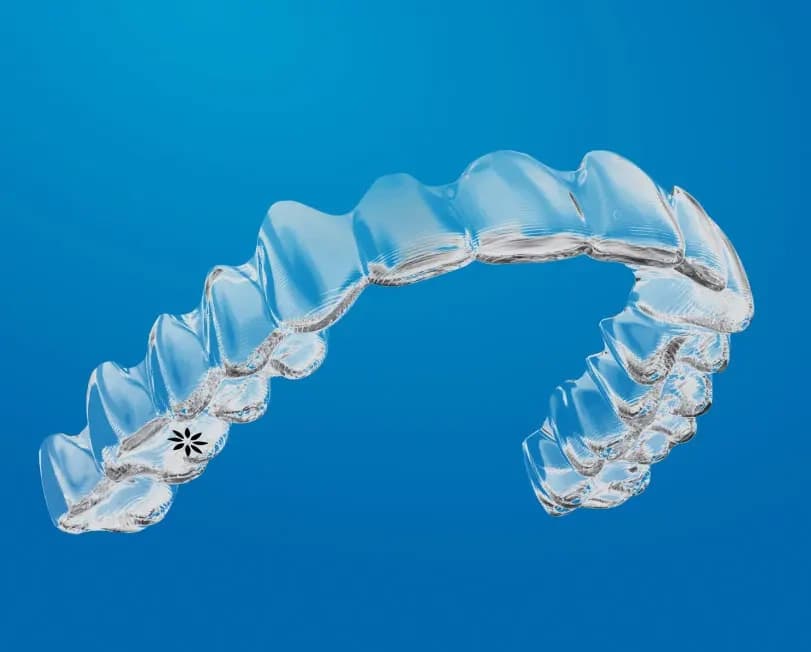The Ultimate Comparison: Invisalign vs. Traditional Braces for Adults
The Ultimate Comparison: Invisalign vs. Traditional Braces for Adults
Blog Article
Invisalign vs. Traditional Dental braces: Which Option Is Right for You?
When considering orthodontic treatment, the selection between Invisalign and typical dental braces provides several crucial aspects that warrant cautious examination. Invisalign provides a discreet option with detachable aligners, while typical dental braces offer a more noticeable yet reliable option for serious imbalance.
Summary of Therapy Alternatives

In comparison, standard dental braces include metal braces and cords that are adhered to the teeth. This approach uses constant pressure gradually to attain placement. While reliable for complex orthodontic concerns, conventional braces need normal visits for adjustments and can posture difficulties in maintaining oral health because of the problem of cleaning about cords and braces.
Both alternatives have their merits, and the selection typically pivots on specific dental conditions, way of life choices, and client conformity. Inevitably, speaking with an orthodontic expert is vital for establishing one of the most appropriate therapy plan customized to private needs. Comprehending the subtleties of each alternative can significantly influence the total success of orthodontic treatment.
Aesthetic Considerations
A significant factor affecting the option in between Invisalign and typical braces is the visual appeal each treatment supplies. Invisalign aligners are crafted from clear plastic, making them essentially invisible when put on.
In contrast, traditional dental braces include metal braces and wires, which can be extra obvious. While advancements in orthodontic modern technology have actually resulted in the development of smaller sized brackets and colored elastics, traditional braces still preserve a more noticeable account. For some individuals, the exposure of dental braces may prevent them from seeking needed therapy.
Eventually, the selection between Invisalign and standard dental braces may rest on personal preferences concerning looks. People that focus on discernment typically lean towards Invisalign, while those that are less worried concerning visibility may choose traditional braces. Comprehending the aesthetic effects of each option is crucial for making a notified choice that straightens with one's lifestyle and preferences.
Comfort and Convenience

In terms of benefit, Invisalign aligners are removable, enabling people to appreciate their favored foods without constraint and preserve optimal dental hygiene. Brushing and flossing are streamlined, as the aligners can be secured throughout these regimens, whereas traditional dental braces need careful steering around braces and wires.
In addition, Invisalign's modern system enables less orthodontic sees. Clients usually get numerous sets of aligners at the same time, which can enhance the treatment procedure and reduce time invested in the orthodontist's chair. On the other hand, typical dental braces require regular modifications, making them less practical for those with busy routines. Invisalign. Overall, the comfort and ease of Invisalign make it an attractive selection for numerous people seeking orthodontic treatment.
Therapy Duration and Performance
While both Invisalign and conventional dental braces work in fixing oral imbalances, the period of treatment can vary dramatically between both choices. Generally, Invisalign treatment can take anywhere from 12 to 18 months, depending on the intricacy of the case. The clear aligners function by gradually changing teeth into their preferred placements, and regular follow-ups with an orthodontist aid guarantee development continues to be on the right track.
In contrast, typical braces usually call for a longer dedication, typically ranging from 18 months to three years. This results from their set nature and using braces and cables, which can be much great post to read more effective for serious misalignments and complicated situations (Invisalign). The treatment efficiency of standard braces is well-documented, as they permit specific adjustments and greater control over tooth movement
Inevitably, the choice in between Invisalign and standard dental braces might rest on both the expected therapy duration and the details dental concerns handy. Consulting with an orthodontist is critical, as they can supply customized recommendations based upon private needs, ensuring the picked approach aligns with preferred timeframes and results.
Expense Comparison and Insurance Policy Alternatives
Cost plays a substantial duty in the decision-making procedure for individuals taking into consideration orthodontic treatment, whether selecting Invisalign or standard dental braces. Usually, the cost of Invisalign ranges from $3,000 to $8,000, while traditional dental braces usually cost in between $2,000 and $6,000. Factors influencing these expenses include the complexity of the case, the period of treatment, and geographical location.
Insurance policy insurance coverage can significantly affect out-of-pocket costs. Lots of dental insurance policy plans supply partial insurance coverage for orthodontic therapies, however the specifics can differ extensively. It is important for patients to review their insurance coverage to establish the degree of coverage for either choice. Generally, typical dental braces might be much more frequently covered by insurance coverage plans contrasted to Invisalign, which some insurance companies classify as an aesthetic procedure.
Furthermore, a number of orthodontic methods supply adaptable repayment strategies, making both treatment choices extra accessible. Individuals need to inquire about prospective funding options and my response discounts for in advance repayments. Reviewing the complete cost, consisting of insurance benefits and layaway plan, is necessary for making a notified decision that aligns with both visual preferences and spending plan factors to consider.

Verdict
In summary, the option in between Invisalign and traditional braces depends upon several factors, consisting of visual preferences, convenience, therapy period, and expense. Invisalign supplies a discreet, removable alternative that facilitates dental health and dietary adaptability, while typical dental braces might be a lot more appropriate for complicated dental problems and usually come at a lower cost factor. Ultimately, consultation with an orthodontist is vital to assess specific link conditions and identify one of the most appropriate treatment alternative for accomplishing optimal oral placement.
When taking into consideration orthodontic therapy, the option in between Invisalign and conventional braces provides numerous crucial aspects that merit cautious examination.Comparing Invisalign and conventional braces exposes distinct therapy options for orthodontic improvement.While both Invisalign and traditional braces are efficient in correcting dental imbalances, the period of therapy can differ significantly between the 2 options.Price plays a substantial function in the decision-making process for individuals thinking about orthodontic treatment, whether opting for Invisalign or conventional dental braces.In recap, the choice between Invisalign and traditional braces pivots on several variables, including visual choices, comfort, therapy duration, and expense.
Report this page